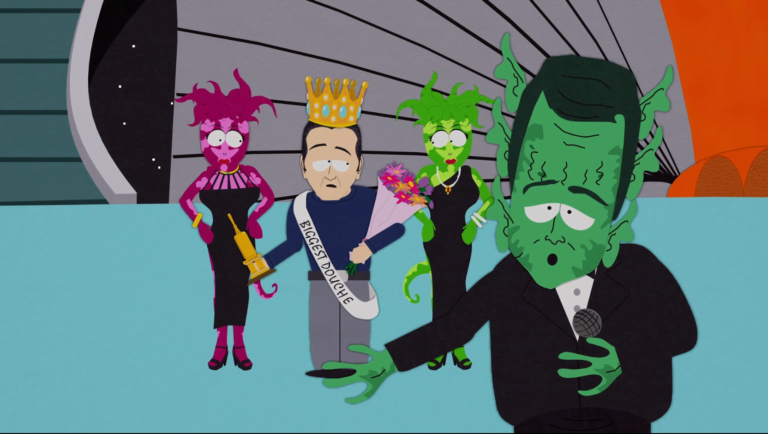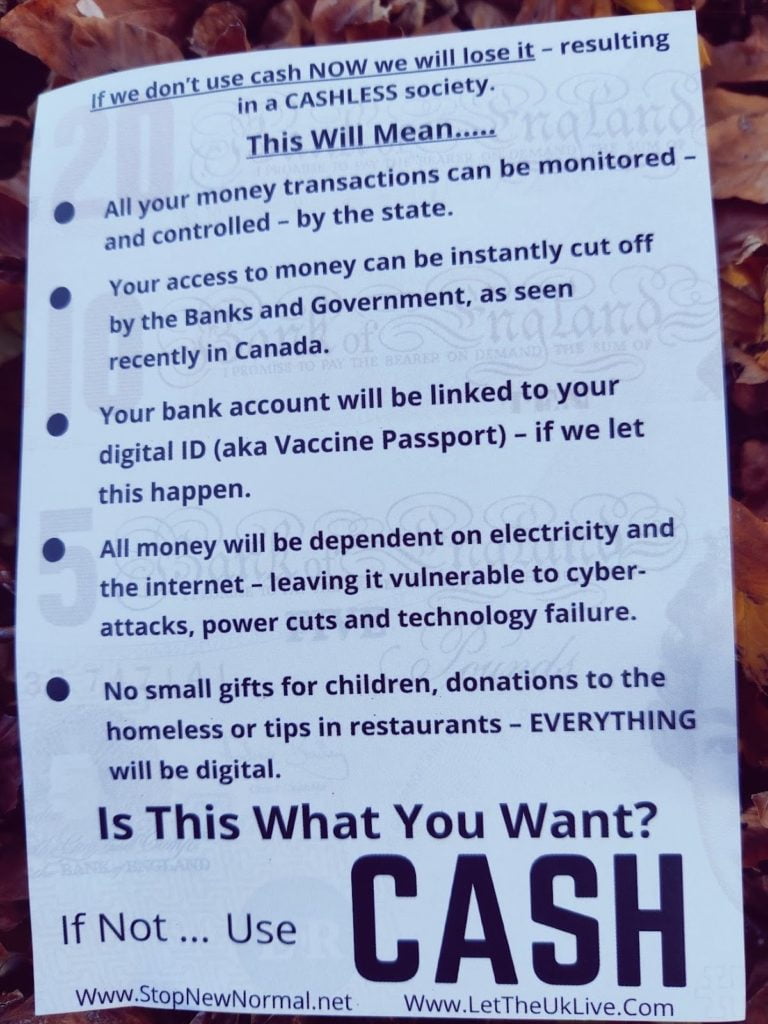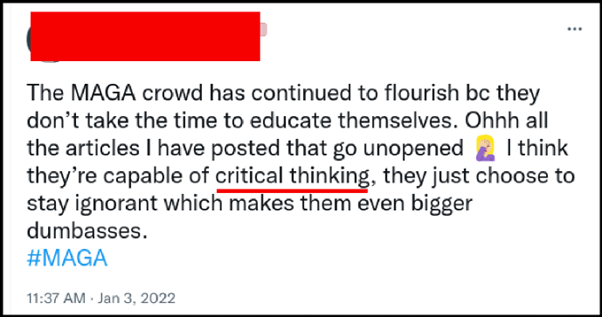In early April 1954, car owners in Bellingham, a sleepy dormitory town lying between Seattle and the Canadian border, noticed small, almost imperceptible dents, chips and pitting on their car windscreens. The search for the cause of this phenomena would frustrate authorities so much it caused alarms to be rung in Washington D.C.; and fear and panic to spread across several states.
The residents of Bellingham concluded that local teenage hoodlums were to blame so reported the vandalism to authorities. The police agreed that BB guns or buckshot fired by kids was the likely cause, despite no windscreen-hating teenagers getting caught in the act.

The story was picked up by local radio stations and newspapers. Within hours, residents in towns stretching out south along the I-5 Interstate to Seattle began reporting similar damage.
In the morning of 13th April, car owners on an island community in the Puget Sound checked their vehicles and found their windscreens damaged. State troopers and other law enforcement quickly blocked the bridge linking the town to the mainland and conducted searches hoping to catch the culprits, but still nothing was found that could account for the damage.
Further south, nearer Seattle, at Whidbey Island Naval Air Station, 75 US Marines locked-down their base and conducted extensive, but fruitless, searches after discovering several cars in the car park with damaged windscreens.
The state Auto club offered $500 reward in the hunt for whoever or whatever was causing this mysterious damage.
On Whidbey Island itself, after extensive investigation the police chief concluded that “no human agency” could be the cause, instead blaming the recent H-Bomb tests in the Pacific – even running Geiger counters over the scarred windscreens, but with negative results.
At this stage authorities realised two things: this was clearly too big to be the work of a few destructive teenagers; and that whatever was causing it, it was headed for Seattle.
Fear spreads
Two days after the first reports had started in Bellingham, Seattle newspapers and radio stations reported widely on the phenomena approaching their city. The authorities braced for impact. Within hours police were receiving reports of dented windscreens: three cars in a parking lot at 6th Avenue; a windscreen pitted at N 82nd Street; and even damaged police cars parked in front of several precinct buildings across the county. Before long motorists were flagging down police cars to file reports.
The King County sheriff (the county that covers most of Seattle) and his deputies examined 15,000 vehicles and, like the Whidbey Island sheriff, blaming non-human causes, adding that ordinary road use could not account for the scarring.
By the end of April 15th, over 3000 reports had been filed, and still no one knew what to do or what was causing such widespread and sudden damage.
The following day was the peak of the outbreak. The Associated Press reported that the sole topic of conversation in nearby Tacoma was the fact that “thousands of automobiles have windshields marred in some manner by some unknown force”. The Tacoma Police Chief called out the army reserves for a “Round the clock vigil” after his department had received reports of damage to hundreds of cars.
Workers parked at huge Boeing Aircraft factory covered their cars’ windshields with blankets, cardboard, rugs and even shopping bags to protect their pride and joy.
The mayor of Seattle urgently contacted the state authorities and even appealed to President Eisenhower for help:
What appeared to be a localized outbreak of vandalism in damaged auto windshields and windows in the northern part of Washington State has now spread throughout the Puget Sound area. Chemical analysis of mysterious powder adhering to damaged windshields and windows indicates the material may simply be spread by wind and not a police matter at all. Urge appropriate federal (and state) agencies be instructed to cooperate with local authorities on emergency basis.
In the suburb of Anacortes, police officials had placed a sheet of glass on the roof of the station and for two days it remained unblemished. Then miraculously, on the third day, it had two distinct pits. According to Police Chief L. B. Goff, the glass (now marked as exhibit ‘A’) was left to see what developed next.
Science (nearly) intervenes
Authorities were completely baffled. One common trait seemed to be an accumulation of dark particulate matter often embedded in the glass or around the damaged area.
Using the latest scientific techniques, one amateur scientist reported:
I touched a hole with a toothpick and nothing happened. But when I touched it with a lead pencil the particulates around the pockmark jumped away!
Another blamed road salt used the recent bad weather somehow combining with hydrogen to form hydrofluoric acid.
Further weird and outlandish hypotheses were being blamed, including:
- Cosmic rays from the sun.
- A nearby 1 million-watt radio transmitter owned by the Navy.
- A mysterious and previously unknown weather event.
- Sand-flea eggs. Some people swore blind they had seen the glass bubble and scar in front of their very eyes!
- Secret Communist Russian experiments on freedom loving ‘Mericans.
It seemed the whole of Puget Sound was caught in some sort of strange and weird phenomena which damaged their car windscreens. The authorities feared panic.
Science Actually Intervenes
Eventually, scientists at the University of Washington were asked to investigate by the state governor. They quickly discovered the particulate matter was in fact coal dust – something that was in the air in most urban areas in the 1950’s. Larger particles were found to be bitumen, likely thrown up from the road surface itself.
The boffins inspected cars in the university car park and found what they could describe as pitting and scarring on many vehicles, but concluded that the damage was “overly emphasized,” and that it was most likely “the result of normal driving conditions in which small objects [such as bitumen and airborne coal dust] strike the windshields of cars.”
The fact that most of the damage occurred in the front windscreen and much more often on older cars, along with the identification of airborne coal dust, lent credence to this simple explanation. This was in the days before the toughened safety glass we have today.
Essentially, because of the media reports, people had started looking at their windscreens instead of through them, and noticed for the first time the damage that had simply built up over normal use.
With a couple of days, the reports stopped as quickly as they had started.
The scare – which happened over just a few days in April 1954 – is a classic tale of mass panic, and is often quoted in psychology texts. As an example, it shows how news and media can create and amplify fears where no legitimate cause exists.
Once the media reported on a few people who had mislabelled normal windscreen wear as something unknown and mysterious, the public began to notice this new and worrisome phenomenon, without stopping to consider if this really was something new. It was easier and more exciting to run with the mystery narrative, rather than stop to look for a much more prosaic and ordinary solution.





















